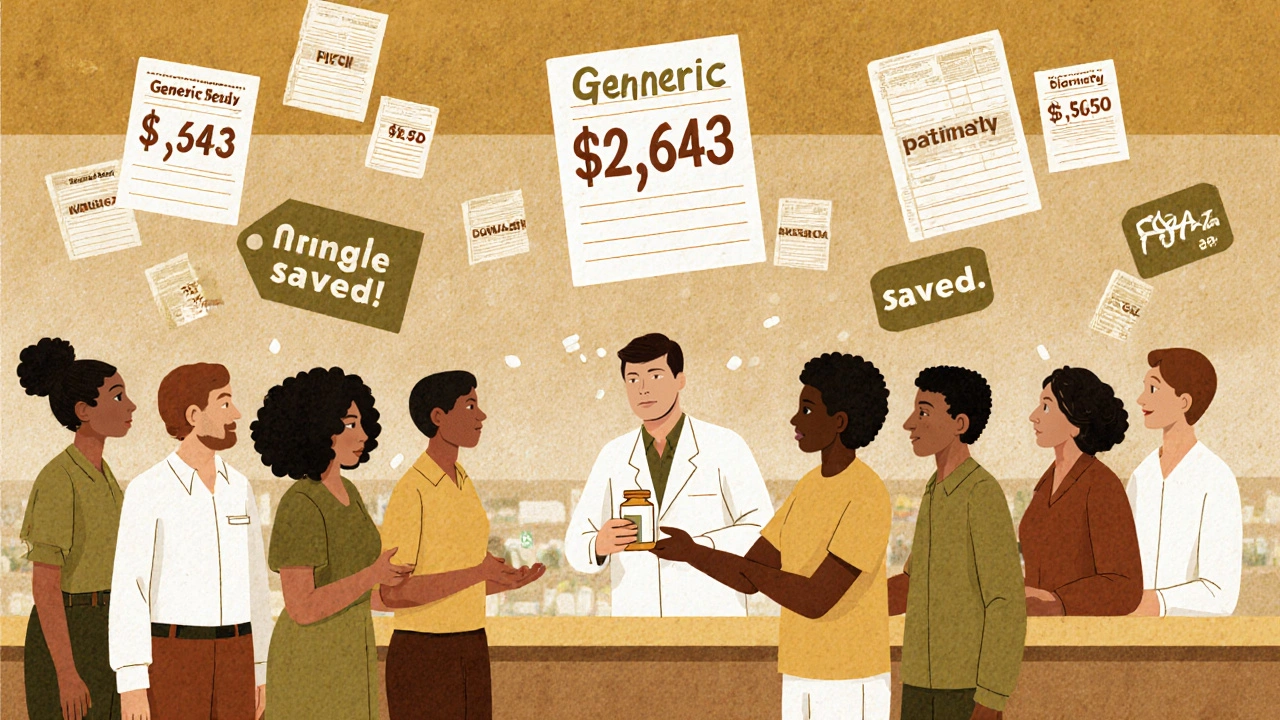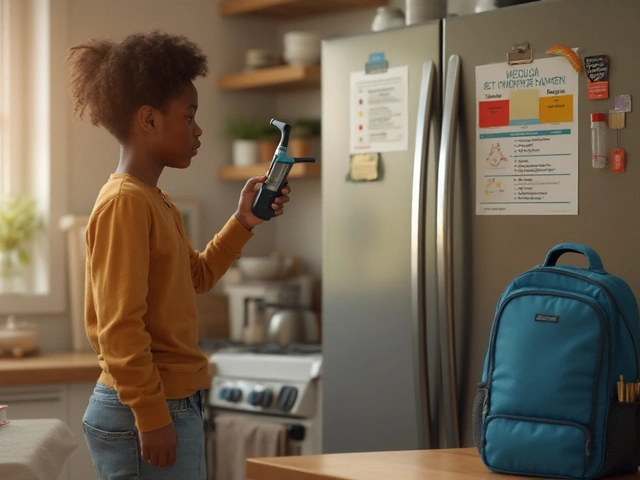Generic Pricing: What You Really Pay for Generic Drugs and Why It Matters
When you pick up a prescription, you might see two options: the brand-name pill with a hefty price tag, or the generic drug, a medication with the same active ingredient as the brand-name version but sold under its chemical name. Also known as non-brand medication, it works the same way, has the same side effects, and is approved by the same health agencies—but often costs 80% less. That’s not a trick. It’s the law. Once a brand-name drug’s patent expires, other companies can legally make and sell the same medicine. The only difference? No marketing budget, no fancy packaging, no celebrity ads.
So why do some generic pricing options still feel high? It’s not always about the drug itself. Sometimes it’s about supply. If only one company makes a certain generic, they can raise prices because there’s no competition. Other times, raw ingredients get scarce, or manufacturing gets delayed. That’s why you might see the same generic pill jump from $5 to $50 overnight—happened with doxycycline, minocycline, and even birth control pills. On the flip side, when ten companies start making the same generic, prices crash. You’ve probably seen this with metformin or lisinopril—some pharmacies sell them for under $4 a month.
What you’re really paying for isn’t the chemical. It’s the system behind it. brand name drugs, medications developed and marketed by the original pharmaceutical company under a trademarked name. Also known as proprietary drugs, they carry the cost of decades of research, clinical trials, and legal battles to win approval. That’s why a new drug can cost $10,000 a year. But once generics enter the market, those costs disappear. The generic maker doesn’t need to prove the drug works again—they just need to prove it’s the same. That’s why the FDA approves generics faster and cheaper. And that’s why your pharmacist can legally swap the brand for the generic unless your doctor says no.
But here’s the catch: not all generics are created equal. Some are made in the same factories as the brand name. Others come from overseas plants with sketchy inspections. You won’t see that on the label. That’s why some people swear their generic version doesn’t work as well—it’s not placebo, it’s quality control. That’s why posts on this site dive into things like chloramphenicol alternatives, Lamisil Cream comparisons, and why Tadalista Super Active might be cheaper than Viagra but still deliver the same result. It’s all about knowing what’s inside the pill, who made it, and whether the price reflects safety or just savings.
And don’t forget: drug costs, the amount patients pay out-of-pocket for medications, influenced by insurance, location, and market competition. Also known as medication affordability, it’s the real barrier for millions. A $200 insulin pen might be covered by insurance, but if you’re uninsured or underinsured, that’s a month’s rent. That’s why people turn to generic pricing as a lifeline. It’s not just about saving money—it’s about staying alive. The posts here cover everything from how age changes how your body handles meds, to how herbal teas can mess with your prescriptions, to why mixing sedatives can kill you. They’re not just facts—they’re survival guides.
You’re not just looking at prices. You’re looking at choices. And every choice—whether it’s picking between Fildena Strong and sildenafil, or deciding if domperidone is safer than metoclopramide—comes down to understanding what you’re really paying for. Below, you’ll find real comparisons, real stories, and real advice on how to get the right drug at the right price without getting ripped off or risking your health.

- Nov 16, 2025
- Posted by Cillian Osterfield
Global Perspectives on Generics: How Countries Control Drug Costs and Keep Medicines Affordable
Global policies on generic drugs vary widely-from price controls in China to substitution laws in Europe. Learn how countries balance affordability, quality, and access to keep essential medicines available.
Categories
- Health and Wellness (57)
- Medications (39)
- Health and Medicine (22)
- Pharmacy Services (10)
- Mental Health (5)
- Health and Career (2)
- Medical Research (2)
- Business and Finance (2)
- Health Information (1)
Latest Posts
©2025 heydoctor.su. All rights reserved





